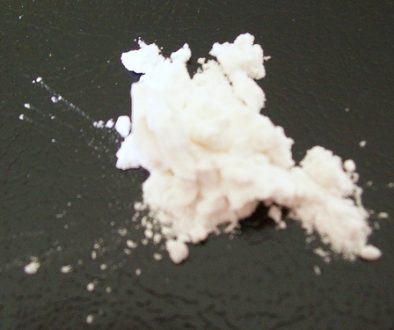Weight Matters – PWID Illegal Drug and Narcotic Charges
.jpg)
Illegal drug and narcotic charges make up a large part of our criminal defense practice in Pennsylvania and New Jersey, where we represent accused individuals in Philadelphia County, its surrounding suburban counties and South Jersey, which includes Camden, Burlington, Gloucester, and Mercer Counties. Drug charges can range from misdemeanor to felony offenses, depending on the circumstances surrounding the offense, but it’s important to keep in mind that there is a huge difference between a misdemeanor and a felony charge. A misdemeanor charge, while nevertheless a criminal charge, will likely not substantially hinder a person’s professional and academic opportunities in life. A felony offense however, will not only subject a person to a possible county or state prison sentence, it will close off many opportunities that a person would have otherwise enjoyed.
PWID: Drug Felony vs. Misdemeanor Charges
Most individuals believe that a PWID charge is based on a substantial amount of weight found on an individual at the time of their arrest. This is simply not true and I have previously written articles on actual vs. constructive possession, which I encourage you to read. The police do not need to find a substantial amount of drug or narcotics on an individual or in their area of immediate control (constructive possession), but simply need to establish possession with the intent to deliver. Police or law enforcement can establish this burden of proof (beyond a reasonable doubt) through observed transactions (drug sales or deliveries) or circumstantial evidence indicating intent to distribute (baggies, twist ties, US currency (i.e. cash money).
Offenses Gravity Score and Drug Weight
While the weight or amount of drugs found is not always relevant as to whether the prosecution can establish PWID vs. Simple Possession (misdemeanor) it does affect the seriousness of the offense and the criminal penalty associated with it. In Pennsylvania, criminal offenses are distinguished between their offense gravity score (OGS). An offense gravity score represents the seriousness of the offense and the likely punishment that a person will receive if convicted. The OGS, combined with a person’s prior record score (PRS) will provide a sentencing judge with guidelines. Most judges will sentence within these guidelines unless the prosecution can provide aggravation evidence or the defense can provide mitigation evidence, which will allow a judge to go above or below the guidelines. Keep in mind that these guidelines are advisory and much like the federal system; a judge isn’t bound by the guidelines. For example, a felony of the 1st degree in Pennsylvania subjects a person to a possible maximum sentence of 20 years in prison while a felony of the 3rd degree or an ungraded felony subjects a person to a maximum 7 year state prison sentence. A misdemeanor of the 1st degree in the Commonwealth carries with it a maximum 5 year state prison sentence while an ungraded misdemeanor carries with it a maximum 1 year state prison sentence.
Offense Gravity Score and Prison Sentences For Drug Offenses in Pennsylvania
The offense gravity score for drug charges can range from as high as 13 to as low as 6 depending on the weight of the drug and the drug in question. For example, the possession with the intent to deliver (PWID) of over 1,000kg (1kilo) of a schedule 1 or schedule 2 controlled substance (crack, cocaine, or heroin) has an OGS of 13, whereas the OGS is an 8 for that same drug where the PWID is 10 to less than 50 grams. The offense gravity score for marijuana PWID is a 5 when it’s for PWID of 1 pound to 10 pounds but a 3 for less than 1 pound of this same drug.
A person with no prior criminal history but who is found guilty of a crime with an OGS of 13 faces sentencing guidelines which call for 60-78 months of state prison time, whereas an OGS of 5 contains guidelines of restorative sanctions (probation) to 9 months in a county jail. Given the OGS and the criminal penalties associated with it, it is very important that your attorney take a strong look at the amount of drugs in question because it will directly affect the potential criminal penalty that you face for a drug crime or any crime involving a controlled substance (schedule 1, 2, 3, 4, 5).
There is an offense gravity score (OGS) for every drug, but the most common drugs that we see in our criminal practice are marijuana, cocaine, PCP, heroin, and methamphetamine. For more information regarding drug crimes and criminal offenses in Pennsylvania, I encourage you to visit my free download section and download one of my free books.



